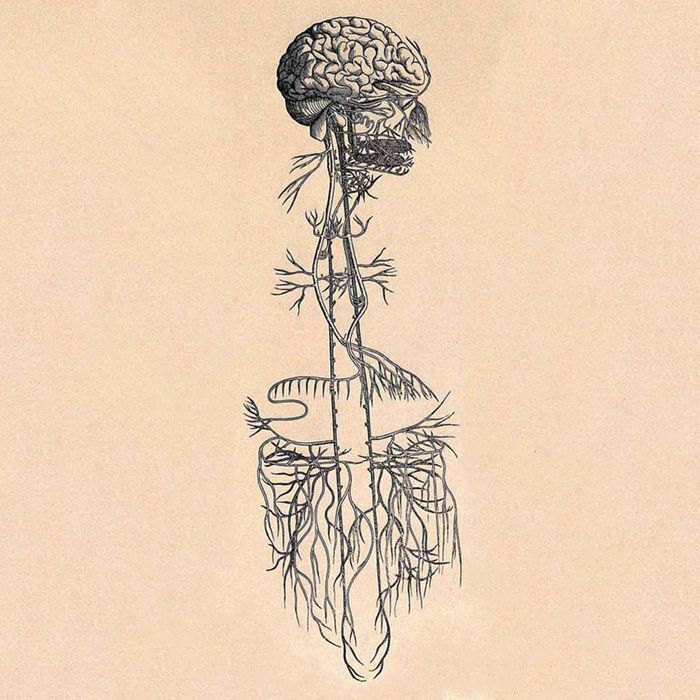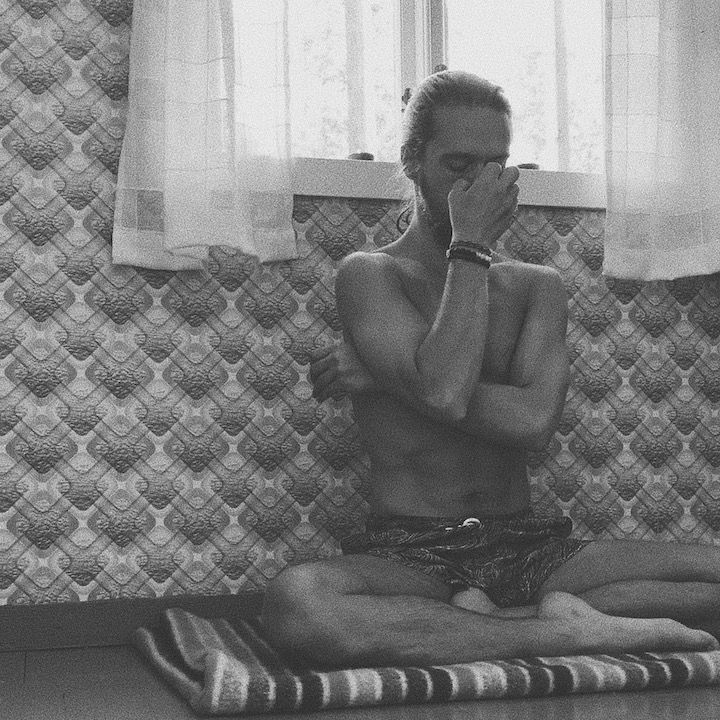Breathwork Benefits
Using the breath consciously is one of the most important and effective methods we have as a human organism to change and modulate our physical and psychological responses to stress and stimuli from the external and internal world.
Different breathwork techniques, or pranayamas; have different and distinct effects on the nervous and hormonal systems of the body, but some of the major therapeutic benefits from the techniques taught in our courses include:
- Stress relief.
- Increase in energy levels.
- Mental acuity and clarity.
- Increased ability to handle heightened emotional states.
- Heightened athletic performance.
- Lessen symptoms of autoimmune and chronic illness.
- Improved sleep.
- Lowering blood pressure.
- Migraine relief.
- Improved asthma management.
- Improved digestion.
Effect on nervous system.
The vagus nerve is one of the largest nerve ganglia in the human body and connects our brain to the internal organs of the body. And a positive and gentle stimulation of the vagus nerve can positively affect digestion, heart rate variability, mood and energy levels.

Prana.
The mind is said to follow where prana goes and the prana where the mind goes. And so a calming and steadying of the breath will calm and steady the mind, leading to mental clarity, increased acuity, improved awareness and a spacious calm presence.
The Science
In recent years there have been numerous studies done on the art of breathwork and on traditional Hatha Yoga Pranayama techniques. In the following section you can find some of studies performed.
How Breath-Control Can Change Your Life: A Systematic Review on Psycho-Physiological Correlates of Slow Breathing
Authors: Andrea Zaccaro, Andrea Piarulli, Marco Laurino, Erika Garbella, Danilo Menicucci, Bruno Neri and Angelo Gemignan
The main effects of slow breathing techniques cover autonomic and central nervous systems activities as well as the psychological status. Slow breathing techniques promote autonomic changes increasing Heart Rate Variability and Respiratory Sinus Arrhythmia paralleled by Central Nervous System (CNS) activity modifications. EEG studies show an increase in alpha and a decrease in theta power. Anatomically, the only available fMRI study highlights increased activity in cortical (e.g., prefrontal, motor, and parietal cortices) and subcortical (e.g., pons, thalamus, sub-parabrachial nucleus, periaqueductal gray, and hypothalamus) structures. Psychological/behavioral outputs related to the abovementioned changes are increased comfort, relaxation, pleasantness, vigor and alertness, and reduced symptoms of arousal, anxiety, depression, anger, and confusion.
The Effect of Diaphragmatic Breathing on Attention, Negative Affect and Stress in Healthy Adults
Authors: Xiao Ma, Zi-Qi Yue, Zhu-Qing Gong, Hong Zhang, Nai-Yue Duan, Yu-Tong Shi, Gao-Xia Wei and You-Fa Li
The findings suggested that the BIG showed a significant decrease in negative affect after intervention, compared to baseline. In the diaphragmatic breathing condition, there was a significant interaction effect of group by time on sustained attention, whereby the BIG showed significantly increased sustained attention after training, compared to baseline. There was a significant interaction effect of group and time in the diaphragmatic breathing condition on cortisol levels, whereby the BIG had a significantly lower cortisol level after training, while the CG showed no significant change in cortisol levels. In conclusion, diaphragmatic breathing could improve sustained attention, affect, and cortisol levels
Health Impacts of Yoga and Pranayama: A State-of-the-Art Review
Authors: Pallav Sengupta
"In another study, they reported that 12 weeks of yoga practice results in a significant increase in maximum expiratory pressure, maximum inspiratory pressure, breath holding time after expiration, breath holding time after inspiration, and hand grip strength." "Results showed that yoga practice for 3 months resulted in an improvement in cardiorespiratory performance and psychological profile. The plasma melatonin also showed an increase after 3 months of yogic practice. Also, the maximum night time melatonin levels in the yoga group showed a significant correlation with well-being score. These observations suggest that yogic practices can be used as psychophysiologic stimuli to increase endogenous secretion of melatonin, which, in turn, might be responsible for improved sense of well-being. In some other studies, it has been found that subjects trained in yoga can achieve a state of deep psychosomatic relaxation associated with highly significant decrease in oxygen consumption within 5 min of practicing savitri pranayama (a slow, rhythmic and deep breathing) and shavasana."

TAKE A COURSE
Pranayama Fundamentals
This course will teach you the basics of four different traditional Hatha Yoga breathing techniques including description, demonstration and instruction video for each pranayama + guidance, esoteric knowledge and philosophy for safe and effective breath work.
Sign up